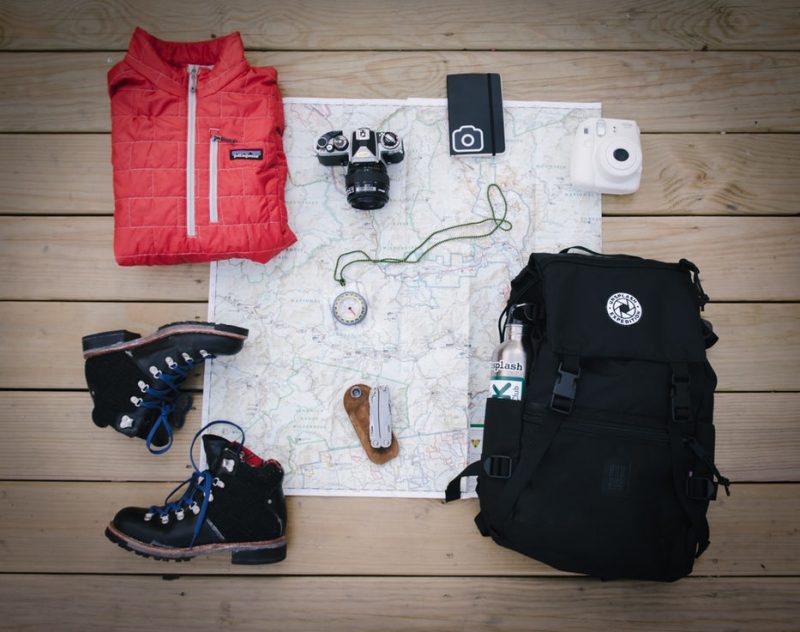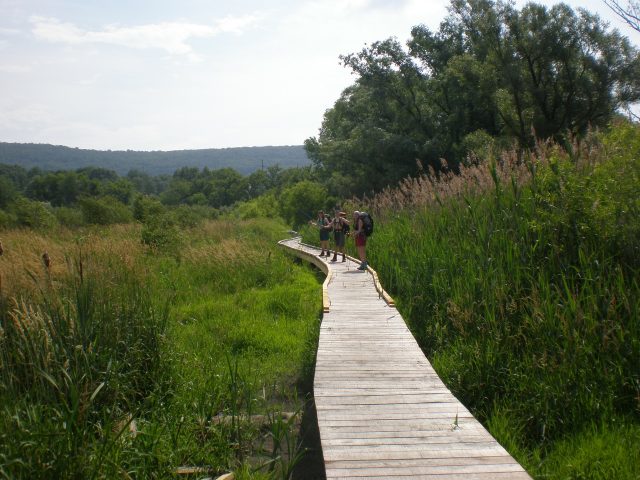The Appalachian Trail: How to get started
Hiking the Appalachian Trail has been an undertaking that has attracted many people from all over the world over the past 80 years. The Appalachian Trail Conservancy, which oversees the conservation of the trail, says that it is the longest hiking-only trail in the world and at an amazing 2,200 miles, it is certainly long. If you are thinking about hiking the trail, you may be wondering what you need to prepare and get started on the trail. Here are some suggestions.
Before you commit

If you are playing with the idea of heading out on the trail, you should make sure that you are ready for what it takes.
- Ask yourself why you want to do it. You need your heart to be committed before you start on this journey.
- Can you afford it? Hiking for several months in the woods means that you will not be working during that time. Even work-from-home jobs cannot be guaranteed access to do any work.
- Make sure you are in shape. Hiking more than 2,000 miles will make sure that you are in pretty amazing shape at the end, but what about at the beginning? It is a good idea to get checked out by your physician and make sure that you are healthy before jumping in. You should also do some practice hikes and make sure that you are ready for what is ahead.
- Know what you should bring. Even though you are going to be hiking for a couple of months, you really need to bring as little as possible with you. Any extra weight is going to slow you down. The rule of thumb is you want to carry less than 25 percent of your own weight. So if you are 150 pounds, you won’t want to carry any more than 37 pounds.
Things to set up

- Have a support person. A support person is someone who can encourage you no matter where you are on the trail. This person can send you supplies when you need them, talk you into not giving up, or just simply be an sympathetic ear you can talk to. It should be someone close to you who is not going to discourage you from completing the journey and who cares about you.
- Make bump boxes. These are boxes or packages that will have supplies to stock you back up. This means food, clothes, shoes, medicine, or anything you can think of that you may need that is not in your pack. Your support person can be the one to mail them to different locations so that they’ll be waiting for you when you get there.
- Plan out your food. Naturally what you are going to eat on the journey will be different than what you would eat on a daily basis. You are not going to have access to fresh food and vegetables and cooking is going to be somewhat limited. But you need to make sure that you are getting a balanced and healthy diet from the packaged food items you are eating. You also need to consider that because you are moving so much every day, you are going to be burning a lot more calories than you would do normally. So you need to consider that the amount of food you need per meal is going to be that much higher.
- Make a schedule. Look at the terrain and give yourself a daily goal for the number of miles that you are going to do in a day. It may not be exact but should give you some idea of when you will need the bump boxes and when you should be finishing up your journey.
- You need to train. You should be carrying a backpack that is the weight you will carry on the trail and do some practice hikes to help you get in shape and the groove of hiking.
The hike itself

Once you have worked out the details of what and how you need to prepare to make it happen, you need to think about the logistics.
- You need to decide when you are going to start the hike. If you are thinking it is going to take you four or five months to hike it, then you can leave in May. If you want more time, you have to leave earlier in the year. Most of the hikers who do the whole thing go from Georgia up to Maine, but Maine gets cold in the winter. Mount Katahdin is only open from May 15 to October 15, so you will need to pass over it during that period.
- Go against the norm. Since most hikers start south and head north, the trail is going to be crowded in the beginning and you are still pushing the line to make it in time. Instead, you can start north, in Maine, and go south. That way, you will pass over Mount Katahdin in plenty of time and miss a lot of the congestion and crowds on the trails. That is unless you like a flock of people to be hiking with.
- You can also break up the hike. Who says that you need to take four months off of work to complete the AT? Instead, you could break the entire trek up into sections and do it section by section. You could spend a couple of weeks on a section, then return to your daily life and then go back another time and knock off another piece. Of course, it will take a lot more time to complete the whole thing, but it is a more realistic method of hiking than taking off for several months on end.
- Listen to the experts. Read up on what hikers have gone through in the past. The Appalachian Trail Conservancy is an excellent source of information.
- Don’t stress over it. This is supposed to be an enjoyable journey, not something to worry over. If you are stressing out about it, then perhaps this is not a good trip for you to attempt.
Good luck.
If you have any comments then please drop us a message on our Outdoor Revival Facebook page
If you have a good story to tell or blog let us know about it on our FB page, we’re also happy for article or review submissions, we’d love to hear from you.
We live in a beautiful world, get out there and enjoy it. Outdoor Revival – Reconnecting us all with the Outdoors.





